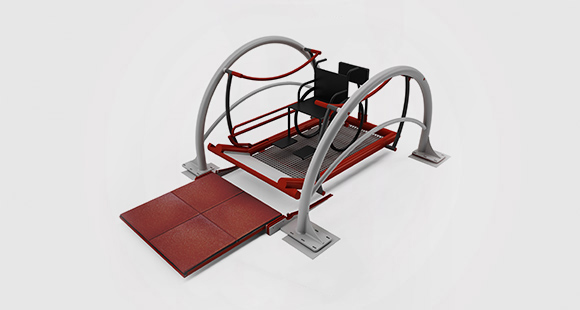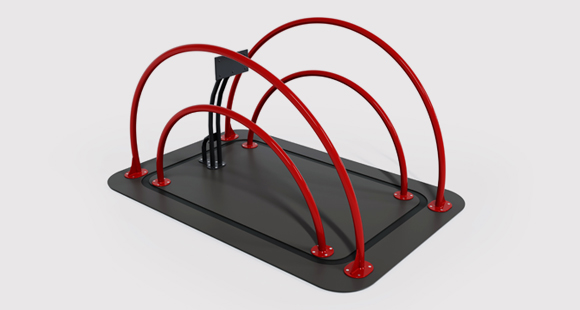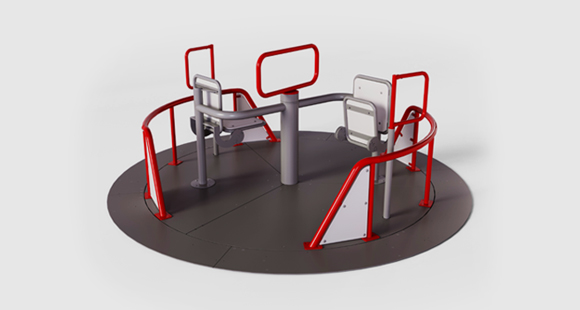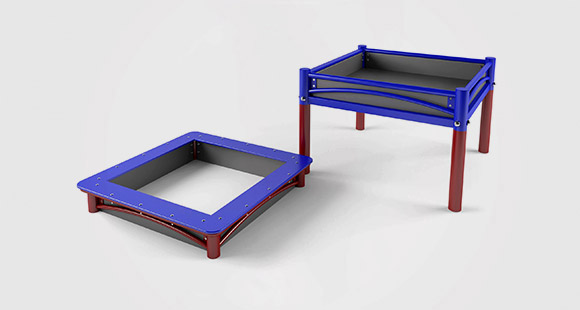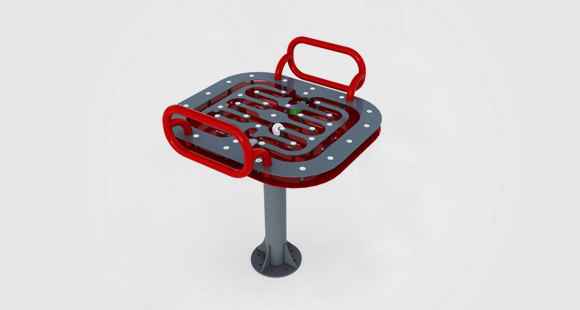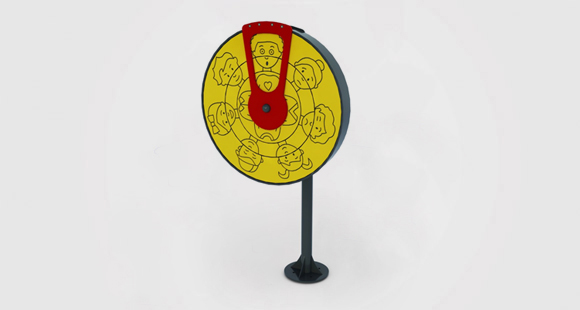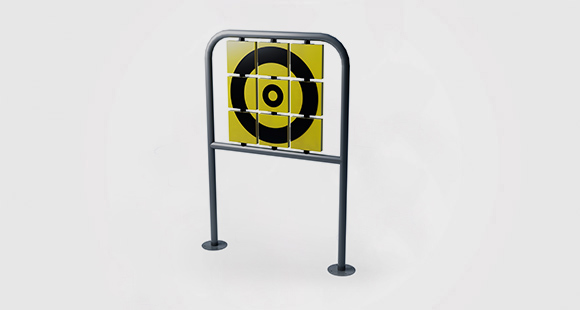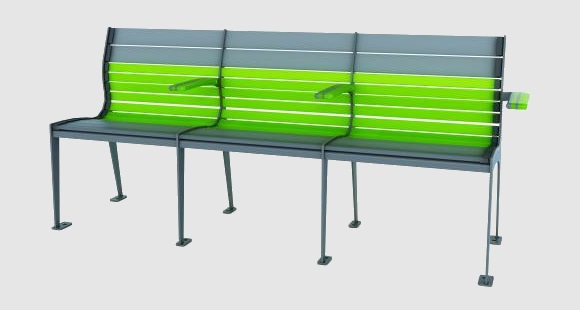Medical devices We design to help
HOTEL ACCESSIBLE FOR EVERYONE
Recreation, leisure and tourism are an essential part of human life, including people with disabilities. Unfortunately, in this industry, although it is growing more and more dynamically, there are many obstacles limiting the possibility of accepting a new group of clients. The lack of accessibility also applies to the recreational part of the hotel facilities - including playgrounds.
Is adapting the facility to the needs of people with disabilities an unnecessary expense or is it a group worth attention?
It turns out that approximately 58% of families in Europe have a disabled person among their relatives. If there is someone with a disability in the family, the hotel or restaurant gains not one customer, but more people, depending on the traveling family.
As the society is aging, be aware that there will be more and more people with special needs. Is it true that only large facilities can be adapted to the needs of everyone, including people with disabilities? Looking at the above data, can small facilities afford the rejection of approximately 20-30% of customers per year due to the facility's maladjustment?
Inclusiveness is the most practical way to increase your potential audience as it means adapting to the needs of all customers. Ensuring accessibility for people with disabilities and communicating this fact allows you to gain a new group of recipients.
Availability of rooms, facility adaptation, trained staff
The key issue determining whether a given facility can be defined as accessible is the elimination of architectural barriers and the adaptation of rooms, restaurants and other infrastructure to the needs of people with disabilities (not only motor disabilities - you should also remember about people with sight and hearing disabilities).
What about the playground?
Accessible rooms, entrance and parking. But what about the playground? It is often a forgotten part of the facility in terms of accessibility. Does this mean that traveling children with disabilities do not play? Absolutely not. The playgrounds at hotels and boarding houses are simply not adapted to their needs, and they could become one of the arguments for attracting a new group of customers to the facility. It is worth designing or retrofitting them with integration devices - attractive both for people with disabilities and non-disabled children.
Do children with disabilities need a special playground?
No - provided that the playground is inclusive , i.e. attractive and usable by non-disabled persons and persons with disabilities. The most economical option is to install inclusive devices that can be used by all children visiting the facility, regardless of their level of fitness. Ask us for support - we will be happy to advise you and help you choose the best option for a given place.
What is inclusiveness ?
It is openness that takes into account the experiences and needs of various minorities, including people with disabilities . It is about creating conditions and opportunities for everyone to participate, regardless of their level of fitness, belief or gender. The opposite of inclusiveness is exclusion, which is the case in most playgrounds today.
Inclusiveness is:
- savings - one set of devices is installed for everyone
- meeting the requirements of universal design and accessibility standards
- the opportunity to play for children who have not yet been able to experience it on an equal footing with others

Information is key
An important element that makes it difficult for people with special needs to use tourism and recreation, apart from architectural barriers, is the information barrier consisting in difficulties in finding information whether a given facility is adapted, how and to what needs. Large hotels generally state on their websites that they have a limited number of rooms adapted to the needs of people with disabilities and usually refer to wheelchair users, while there are more types of disabilities. It is also difficult to obtain clear information on what the adaptation is and there is a risk that the rooms will actually be available, but there will be no such entrance to the hotel, restaurant or attractions located in the hotel (including access to the inclusive playground).
How to create a service?
The effective process of creating a tourist product for special customers can be simplified to the following stages:
- inventory of tourist assets,
- selection of the main tourist attractions, assuming accessibility requirements by potential tourists, - analysis of the current tourist development,
- creating a tourist product design, where a special target group will be taken into account, para - tourism infrastructure to the needs of disabled tourists,
- developing and conducting a promotional and training campaign, which will be addressed to investors, entities involved in the process of forming a tourist product,
- ensuring the accessibility of the area (access and moving around the product area) and a high level of security,
- building the image of the created product based on a promotional campaign among tourism organizers and potential tourists.
(Kaganek, 2007).



